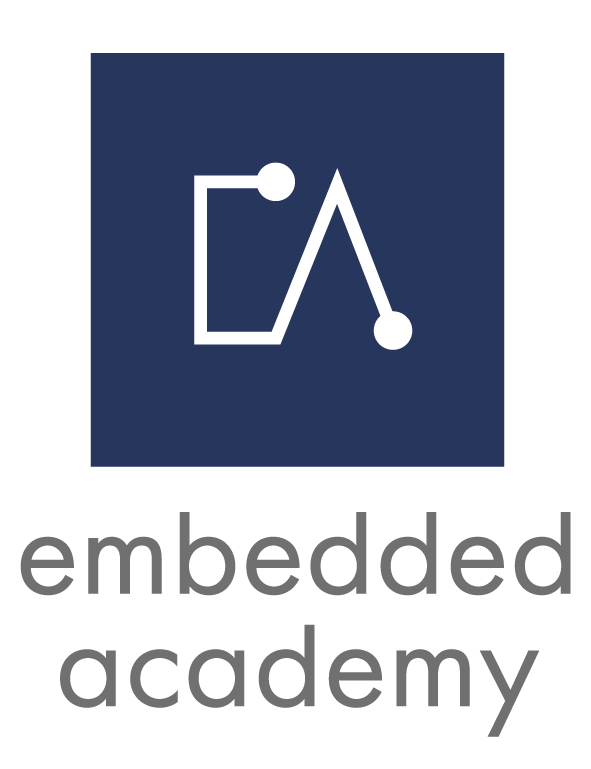E-Learning Course EV Charging
Content
E-Learning EV Charging Basics (25 min)
- System approaches on charging
- Charging standards
- Charging modes according to IEC 61851-1
- Charging Plugs
- Charging Dependency on the State-of-Charge (SOC)
- Bidirectional Charging
E-Learning Automated Charging (25 min)
- Nikola Tesla & Inductive Charging
- Types of Inductive Charging
- Inductive Charging Layout & Efficiency
- Auxiliary Functions
- Automative Conductive Charging, System Requirements and Process
E-Learning Charging Use Cases (15 min)
- Charging Use Cases: At Home
- Charging Use Cases: At Work
- Charging Use Cases: At A Shop
- Charging Use Cases: At Travels
- Charging Use Cases: Vehicle to Device
E-Learning Grid Interaction (20 min)
- Electric Vehicles & Renewable Energies
- Energy Production, Consumption and Pricing
- Regional Power Generation
E-Learning Communication in EV Charging: Pilot Signal & Duty Cycle (30 min)
- Pilot Signal
- Frequency
- Duty Cycle
- Relation Duty Cycle – Current
- Schematic for the PWM Signal
- Inside the EV
E-Learning Communication in EV Charging: High Level Communication (20 min)
- OSI Model
- Physical Layer
- Data Link Layer
Target
The target of this course is to first introduce the learner to all important aspects of electric vehicle charging and then educate them about the more advanced topic of communication in electric vehicle charging.
This course offers information for anyone who is new to the topic of EV charging. It is suitable for managers as well as programmers and engineers, as the first e-learnings cover important basics and the last two e-learnings include more detailed information.
Trailer
Insights
Course Content
What Does Electric Charging Mean for Vehicles?
An important aspect of electric vehicle charging is the communication between a charging station or wallbox and a vehicle. The goal is the controlled transfer of energy between the two parties. This charging process can take place via alternating or direct current. With alternating current, the simplest method is to charge via the common household socket. However, this only provides you with low power. An alternative is a wallbox. While also working with alternating current, a wallbox however has much more power. This is similar to an AC charging station. Another option is charging via a DC charging station. It provides even more charging power, as it can charge the battery directly.
Why Is Electric Charging Needed?
Fundamentally, an electric vehicle needs electrical energy to be able to drive. This topic is not only important for those who provide the charging infrastructure – the manufacturers of wallboxes and charging columns – but also for the developers of electric vehicles, in other words, the car manufacturers. These two sides must be able to communicate and share the parameters of the charging process.
Electric vehicle charging is becoming an increasingly important topic, in particular with a focus on the energy revolution. That is why charging standards have been developed in the last years. For instance, there is CHAdeMO in Japan and ISO 15118/IEC 62196 in Europe, but the development has not been completed yet. Currently, the standards are not optimally coordinated and there are some gaps in between. For example, only some charging stations can communicate with certain types of vehicles. This is a problem that is currently getting worse rather than better. The number of products entering the market is increasing and the range of solutions is expanding. Diversity and interoperability problems will be increasing as a result, until there is a consolidation and adaptation of the ISO standard. However, it will take some time before this happens, and all charging stations that have been installed so far will not meet such a standard.
How Is Electric Charging Related to Embedded Systems?
Embedded systems are specific electronics, which are provided with the software that runs exclusively on this hardware. For electric charging, embedded systems are used both at the charging and vehicle sides. These handle the controlling and monitoring of the power section during the charging process as well as the low level and high-level communication between the parties.
What Can You Learn About Electric Charging in the Embedded Academy E-Learnings?
The e-learnings of this course introduce the user to the field of EV charging.
First of all, the reader is made familiar with the basics of EV charging (charging modes, standards, levels). Afterwards, one e-learning focusses in particular on automated charging. To place EV charging into relation to our everyday life, use cases of EV charging are discussed as well. Moreover, it is also important to be informed about the grid interaction, which includes topics such as energy production and green energy.
The focus of the next two e-learnings is then on communication in electric vehicle charging. Therefore, first the concepts of the pilot signal and the duty cycle are introduced, before the communication mechanisms are described, which are low-level and high-level communication. Low level communication is, roughly speaking, the basic handshake, while high-level communication involves the transmission of much more data – including encrypted data.
